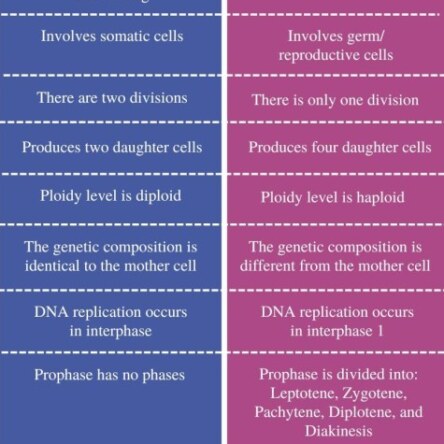Are aliens more likely to be carbon-based like us or something entirely different?
The "mixture of experts" (MoE) technique significantly enhances DeepSeek-R1's efficiency through several innovative mechanisms that optimize resource utilization and improve performance. Here’s how this architecture contributes to the model's overall effectiveness: Selective Activation of Experts: DRead more
The “mixture of experts” (MoE) technique significantly enhances DeepSeek-R1’s efficiency through several innovative mechanisms that optimize resource utilization and improve performance. Here’s how this architecture contributes to the model’s overall effectiveness:
- Selective Activation of Experts: DeepSeek-R1 employs a massive architecture with 671 billion parameters, but it activates only about 37 billion parameters for any given task. This selective activation means that only the most relevant experts are engaged based on the specific input, drastically reducing the computational load and memory usage. By activating only a subset of experts tailored to the task at hand, DeepSeek-R1 minimizes unnecessary processing, which leads to faster response times and lower energy consumption.
- Specialization Through Expert Segmentation: In the MoE framework, tasks are divided among specialized experts, each trained on different aspects of the problem domain. This segmentation allows each expert to develop a deep understanding of its specific area, whether it be grammar, factual knowledge, or creative text generation. As a result, DeepSeek-R1 can provide more accurate and contextually relevant responses compared to traditional models that rely on a single monolithic architecture.
- Gating Network for Intelligent Routing: A crucial component of the MoE architecture is the gating network, which functions as a dispatcher to determine which experts should be activated for a given input. This network analyzes incoming queries and intelligently routes them to the most appropriate expert(s). The efficiency of this routing mechanism ensures that computation is focused where it is needed most, further enhancing overall model performance.
- Enhanced Scalability: The MoE design allows DeepSeek-R1 to scale effectively without a proportional increase in computational requirements. New specialized experts can be added to the system as needed without overhauling existing structures. This modularity makes it easier for DeepSeek-R1 to adapt to new tasks and domains, ensuring that it remains relevant as AI applications evolve.
- Load Balancing and Resource Optimization: DeepSeek-R1 incorporates strategies such as load balancing to ensure that no single expert becomes overwhelmed while others remain underutilized. The Expert Choice routing algorithm helps distribute workloads evenly among experts, maximizing their efficiency and preventing bottlenecks in processing.
- Fine-Grained Expert Segmentation: To further enhance specialization, DeepSeek-R1 employs fine-grained expert segmentation, dividing each expert into smaller sub-experts focused on even narrower tasks. This approach ensures that each expert maintains high proficiency in its designated area, leading to improved processing accuracy and efficiency.
Conclusion
The “mixture of experts” technique is central to DeepSeek-R1’s design, allowing it to achieve remarkable efficiency and performance in handling complex AI tasks. By leveraging selective activation, specialization, intelligent routing through gating networks, and effective load balancing, DeepSeek-R1 not only reduces computational costs but also enhances its ability to deliver precise and contextually relevant outputs across various domains. This innovative architecture positions DeepSeek-R1 as a competitive player in the AI landscape, challenging established models with its advanced capabilities.
See less






Aliens are more likely to be carbon-based, like us, but the possibility of life forms based on entirely different chemistries cannot be ruled out. Here's why carbon is considered likely, along with the potential for alternatives: Carbon-Based Life Chemical Versatility: Carbon atoms can form stable bRead more
Aliens are more likely to be carbon-based, like us, but the possibility of life forms based on entirely different chemistries cannot be ruled out. Here’s why carbon is considered likely, along with the potential for alternatives:
Carbon-Based Life
Potential Alternatives
While carbon-based life is the most likely due to its chemical advantages, the universe’s vastness means there could be forms of life with completely different biochemical foundations, especially in environments drastically different from Earth. Our search for life often focuses on carbon because it’s the most familiar and understood, but scientists remain open to discovering entirely novel life forms.
See less